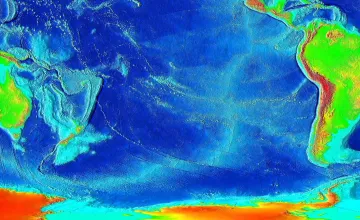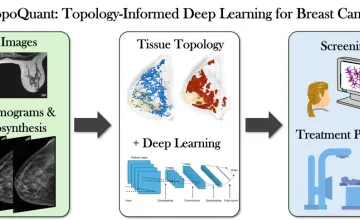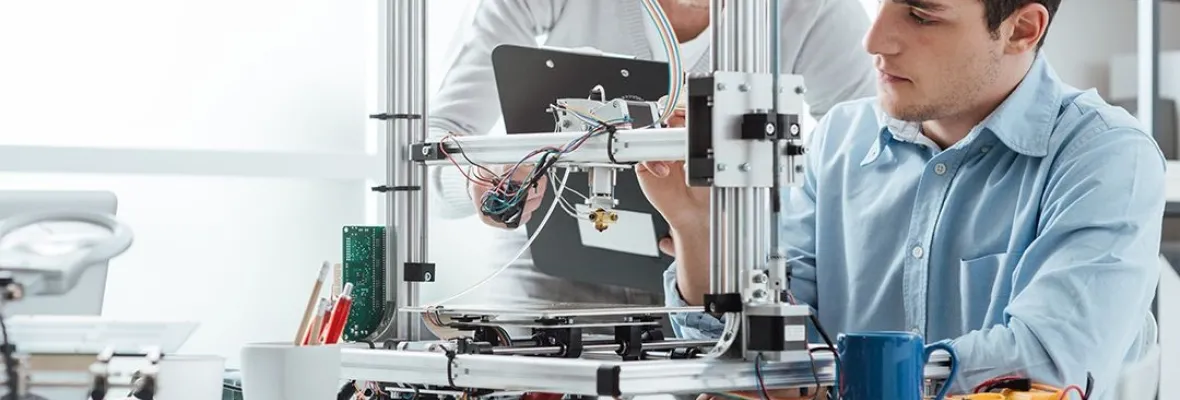AAU universities conduct a majority of the federally funded university research that contributes to our economic competitiveness, health and well-being, and national security. AAU universities are growing our economy through invention and innovation while preparing the next generation of scientists and engineers for global leadership. By moving research into the marketplace AAU universities are helping to create jobs, and provide society with new medicines and technologies.

UMD geologists uncovered evidence of a section of seafloor that sank into the Earth's mantle when dinosaurs roamed the Earth; it's located off the west coast of South America in a zone known as the East Pacific Rise.

Novel research supported by NCI could lead to more specific predictive disease models

A new University of Kansas study reveals parents seeking health care information for their children trust AI more than health care professionals when the author is unknown, and parents rate AI generated text as credible, moral and trustworthy.

Hypertension and amyloid plaques can separately cause dementia. Having both increases a person’s odds of developing cognitive decline, a new study finds
Explore More: University Research
You can filter stories by the university.
An experimental mRNA vaccine boosted the tumor-fighting effects of immunotherapy in a mouse-model study, bringing researchers one step closer to their goal of developing a universal vaccine to “wake up” the immune system against cancer.
A team of NYU chemists and physicists are using cutting-edge tools to unlock how cells build and grow tiny, dynamic droplets known as biomolecular condensates, which may shape future drug development and disease modeling.
A study examining people experiencing autism aims to understand how touch, vision, and hearing first begin to develop in the brain and learn how that development differs between people who have autism and those who do not.
UC Irvine astronomers discover scores of exoplanets may be larger than realized, a finding which could impact the search for extraterrestrial life.
A new Yale study has found a promising target for treating COVID-19-induced brain fog and offers new insight into the origin of Alzheimer’s disease.
